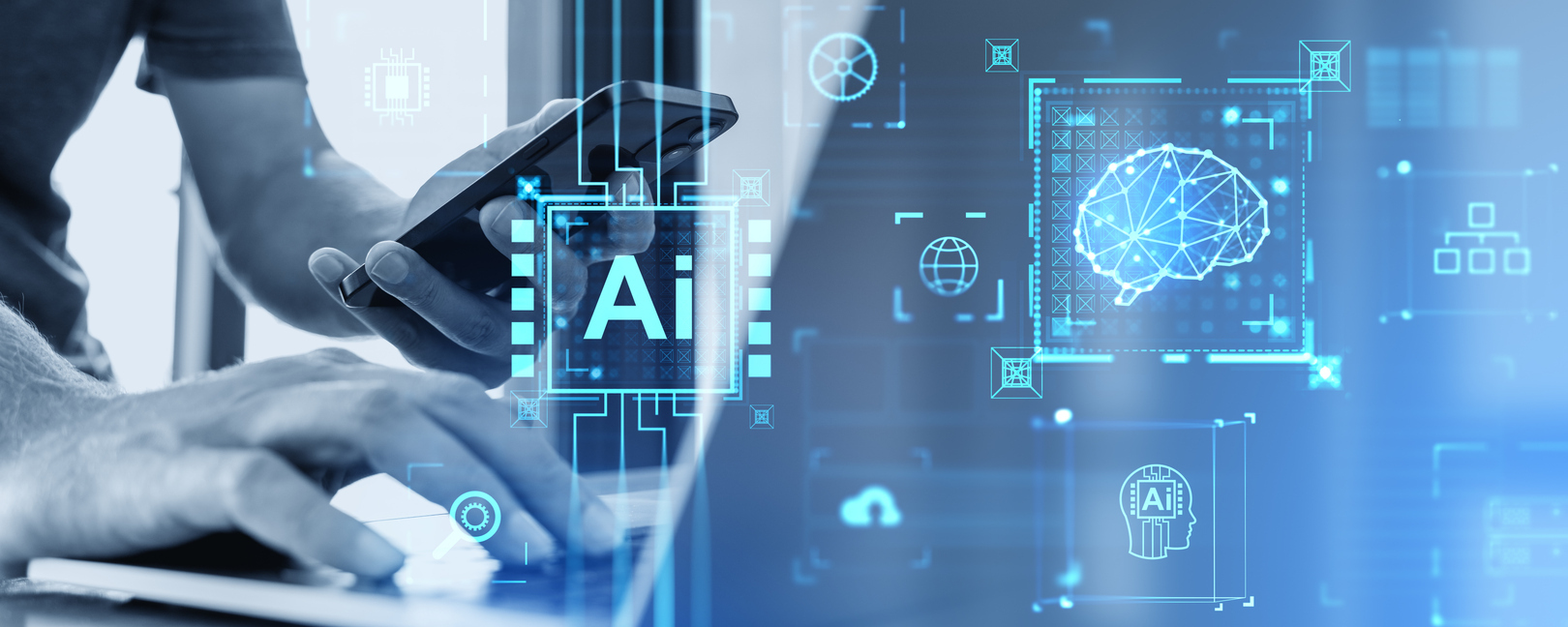The creative director's nightmare scenario used to be simple: a client with an impossible timeline, a less-than-stellar brief, multiple stakeholders that will have lots of say, and a budget that barely covers the time the team will spend generating the concepts. Today, that same scenario has become an opportunity—not because we've lowered our standards, but because we've learned to orchestrate a new kind of creative partnership.
When Time Is Not On Our Side
Nothing tests the limits of human creativity quite like a compressed timeline. I recently faced a project that was the poster child for this challenge: new original creative for a product line in the jewelry space, with several videos needed for the launch. And yes, it was needed in three weeks instead of the typical eight-to-twelve-week process.
This is where AI revealed its most valuable quality—not replacing human creativity, but accelerating the exploration of it. Using AI tools, some we’ve built and some off the shelf, we generated dozens of visual directions in far less time than it would have traditionally taken, each informed by our strategy and research but executed with inhuman speed. The key was maintaining creative control: AI became our rapid prototyping partner, allowing us to test conceptual territories quickly while reserving judgment, refinement, and emotional resonance for human decision-making.
The result wasn't compromised creativity—it was increased humanity. By removing the time barrier to exploration, we could spend more energy on the distinctly human elements: understanding the client's emotional relationship with their brand, crafting messaging that spoke to genuine human truths, and ensuring every visual choice served a deeper purpose. The whole process was actually quite fun. There was a feeling of liberation among the team, as we were able to discuss the creative more instead of having to work so hard to produce the elements that bring it to life.
Exploration Without Exhaustion

Creative exploration has always been expensive—both in time and mental energy. The traditional process of concepting often means choosing between detailed and thorough visuals to present to the client, and budget constraints, forcing creative teams to narrow their focus prematurely. AI is changing this calculus—and I’m here for it.
On a recent rebranding project for a healthcare company, we used AI to explore visual metaphors we never would have had the budget to develop traditionally. Instead of mocking up endless mood boards and ad-like objects, we generated countless variations across six conceptual territories. But here's a crucial point: every piece of creative was still filtered through the team, tinkering with the concepts and using our creative judgment, human thinking, and emotional intelligence.
The AI didn't make creative and final decisions—it just made our creative thoughts more visible. Our role remained fundamentally human: ensuring stakeholder needs are met, understanding brand personality, and recognizing which visual approaches would create emotional connections with the audience. The technology simply removed the production bottleneck that often prevents this type of thorough creative exploration.
Stakeholder Alignment Through Visualization
Anyone who's worked with multiple stakeholders knows the challenge of abstract creative concepts. Describing a "sophisticated yet approachable" brand personality can mean entirely different things to a CEO, marketing director, and board member. AI has transformed how we navigate these alignment challenges.
Recently, while developing a campaign for a client, where there would be at least seven decision-makers, we used AI to rapidly visualize multiple creative directions. Instead of presenting mood boards and asking stakeholders to imagine the final execution, we showed them actual examples of how different approaches would look in application. This wasn't about replacing our creative vision with algorithmic output—it was about making our human creativity and ideas tangible and discussable.
It was a pretty cool moment when one of the decision-makers in the room said, "Now I understand what you mean by 'premium but not pretentious.'" The AI had helped us translate abstract creative concepts into concrete visual language, but the creative strategy, brand understanding, and emotional nuance remained entirely human-driven.
Budget Constraints as Creative Catalysts

Limited budgets have always forced creative teams to make difficult choices: fewer concepts, less exploration, using the dreaded stock over original photography (you all know this one). AI is turning budget constraints into creative opportunities by dramatically reducing the cost of creative iterations—and in many cases, in creative production.
For a small nonprofit with a minimal budget, we used AI to develop a comprehensive visual identity and several videos that would have been financially impossible under traditional production methods. AI was our partner in handling some of the time-intensive tasks like creating backdrops for keyed footage, b-roll for talking head videos, and pumping out social media cutdowns and ads based off the final creative. This freed our team to focus on strategic thinking, brand storytelling, and ensuring every element served the organization's mission.
The human element remained front and center throughout the process. While AI generated options, our team made decisions based on our understanding of the nonprofit's values, their audience's emotional needs, and the cultural context of their work. The technology amplified our creative capacity without replacing our creative judgment.
The Essential Human Core

What I've learned through these experiments is that AI's greatest strength in creative work isn't its ability to replace human creativity, but its capacity to remove obstacles that prevent human creativity from flourishing. Time pressure, budget limitations, and gaining buy-in from key decision-makers have historically forced creative compromises. AI doesn't eliminate the need for human insight—it creates more space for it to operate.
The most successful AI-assisted creative projects maintain a clear hierarchy: technology serves strategy, not the reverse. Human creative directors still define the direction, establish the emotional territory, and make the final decisions that determine whether a brand connection feels authentic or algorithmic.
In our rush to either embrace or reject AI in creative work, we might miss the most profound opportunity: using these tools to become more human in our approach, not less. When AI handles the mechanical aspects of creative exploration, we're free to focus on what machines cannot replicate—understanding, empathy, cultural context, and the human experiences that great branding seeks to capture and communicate.
The future of creative work isn't human versus machine—it's human amplified by machine, with our humanity remaining the essential core that transforms efficient execution into meaningful connection.
.png?width=250&height=153&name=CSI-OverskiesRebrand_LOGO-01(smaller).png)

.png?width=100&height=61&name=CSI-OverskiesRebrand_LOGO-01(smaller).png)


.png?width=88&name=CSI-OverskiesRebrand_LOGO-01(smaller).png)



